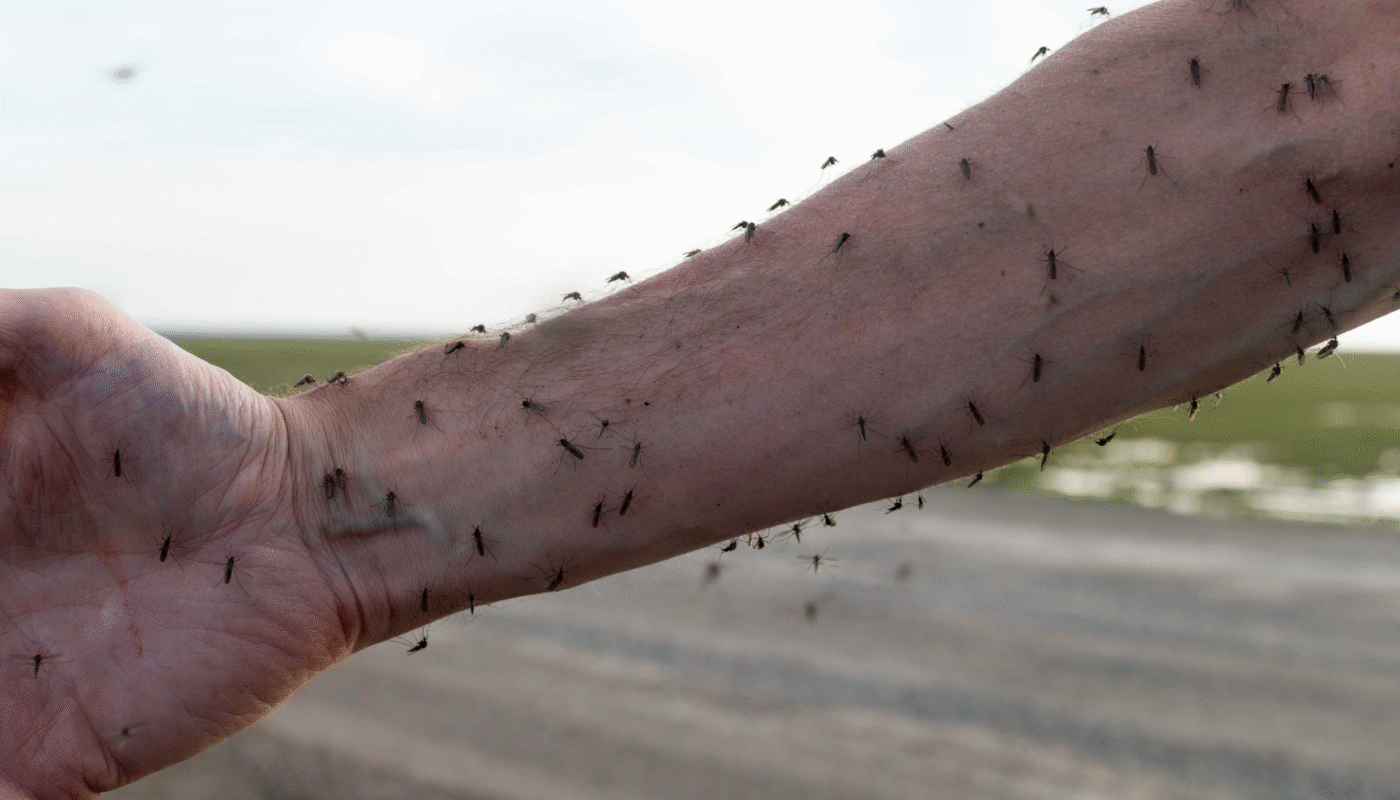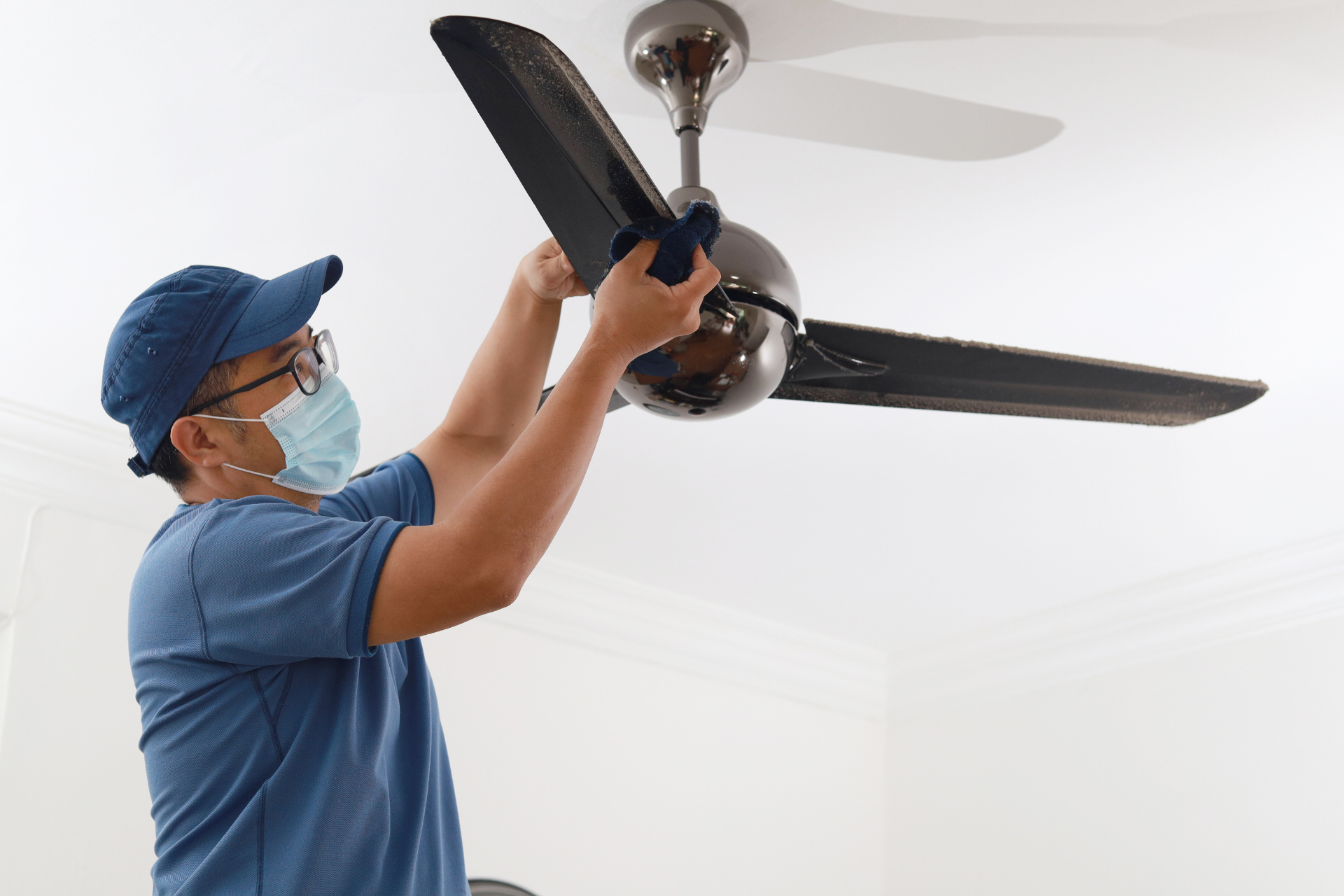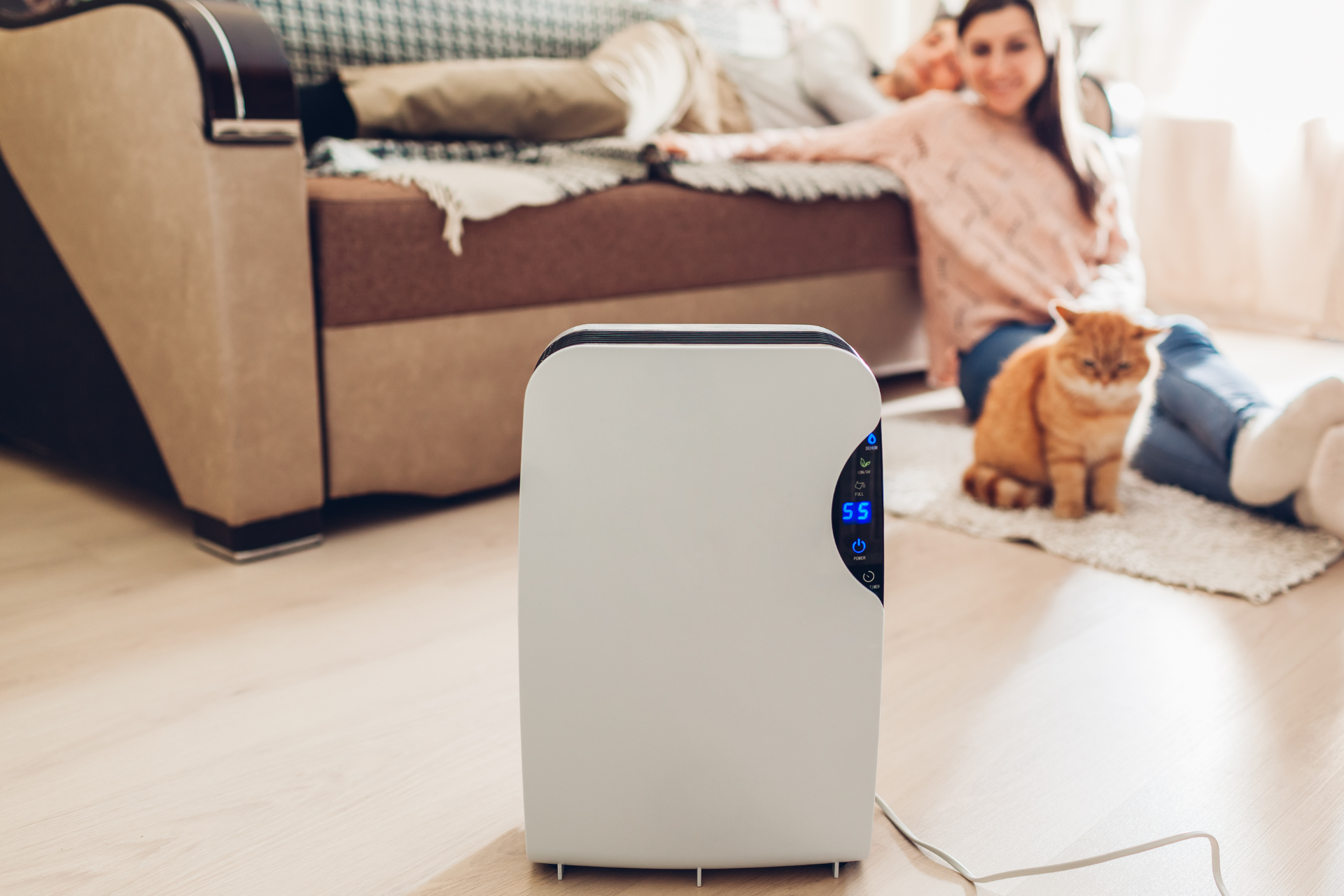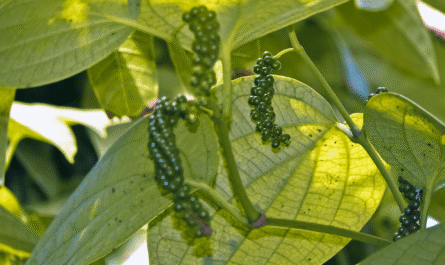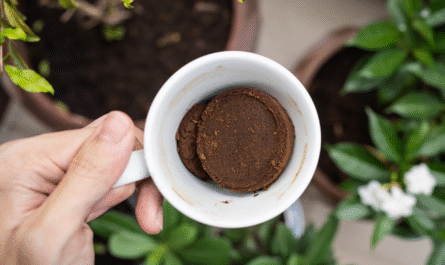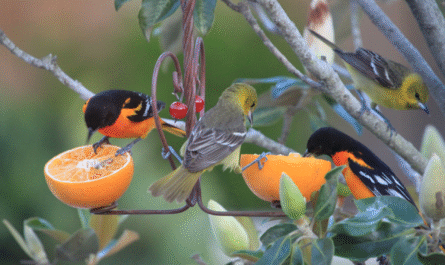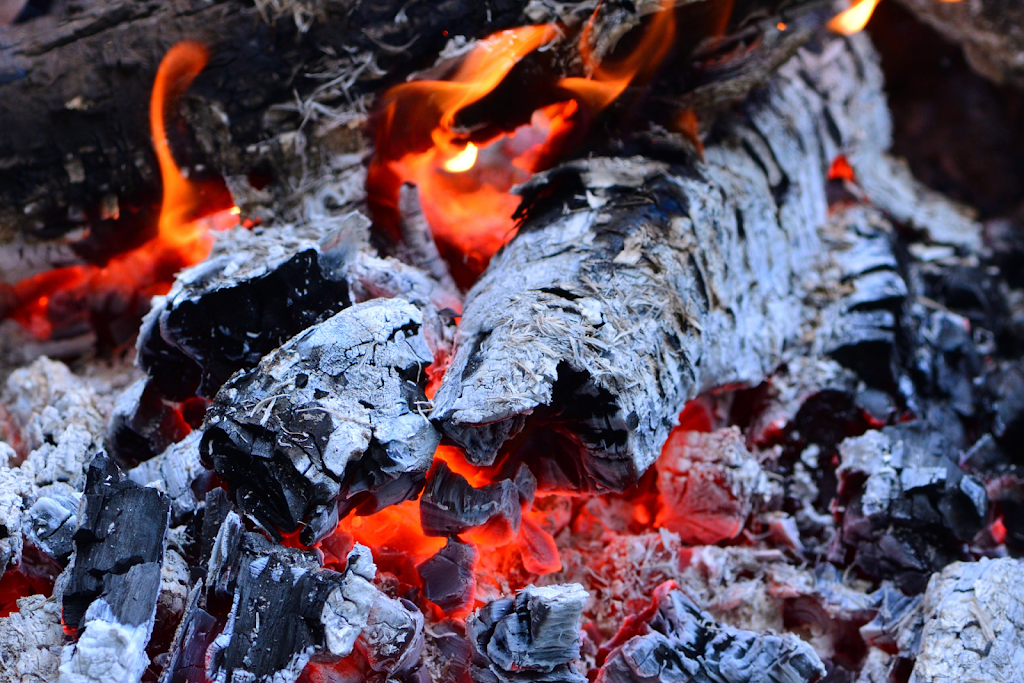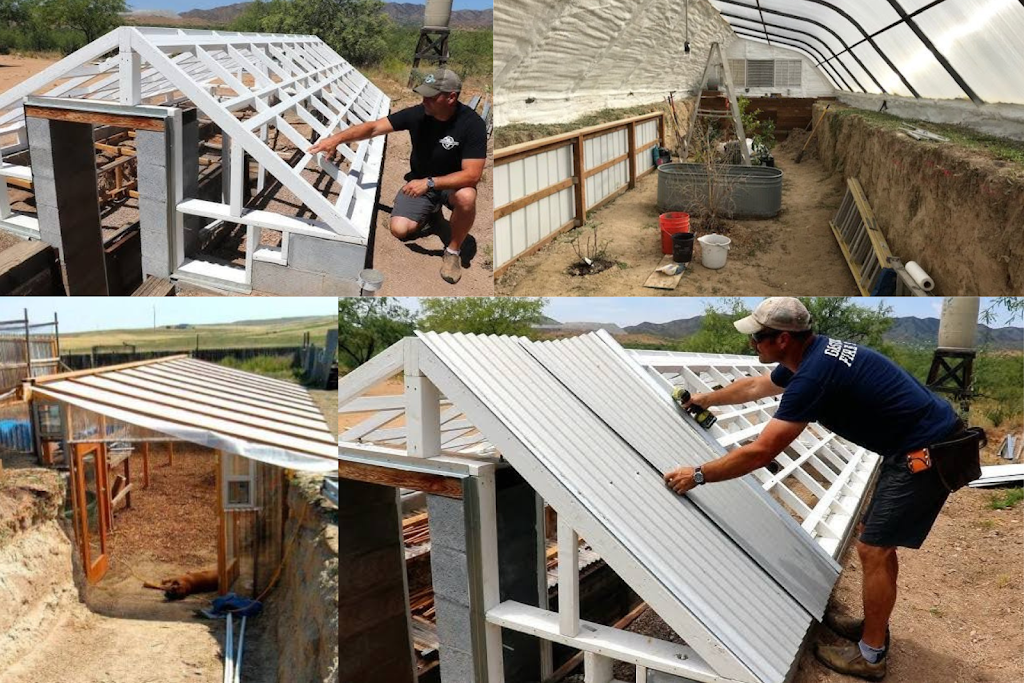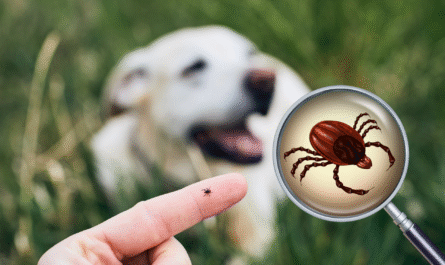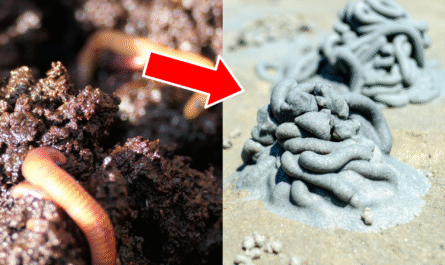If you’ve ever been the main course at a mosquito feast, you know how frustrating and itchy it can be. As someone who’s spent years studying pest behavior and helping people protect their homes and skin, I can tell you: stopping mosquito bites is absolutely possible. You need to take the right approach.
In this guide, I’ll break down the eight most effective ways to prevent mosquito bites, methods I personally use and recommend to clients every year. These aren’t gimmicks; they’re rooted in science and real-world results.
1. Get Serious About Standing Water
If you want to win the war on mosquitoes, start with their breeding grounds. Mosquitoes lay eggs in stagnant water, and it doesn’t take much, a single bottle cap full is enough to support larvae. I tell clients this all the time: the best repellent is eliminating the source.
Birdbaths, clogged gutters, unwashed dog bowls, kiddie pools, tarps, and old plant pots are all potential hatching sites. After it rains, walk your yard and empty anything that can collect water. This takes 10 minutes and can reduce mosquito populations drastically.
Don’t overlook the small stuff. Patio furniture often traps water in folds, and so do plastic toys. Even your AC unit’s drain pan can become a mosquito nursery if ignored. Twice a week, do a visual sweep of your outdoor space. If you see pooling water, dump it. If it keeps coming back, fix the drainage. Prevention is far easier than dealing with a full-blown infestation later on.
For water sources you can’t remove, like birdbaths or ponds, add mosquito dunks or pellets made with Bacillus thuringiensis israelensis (Bti). These are safe for birds and pets but deadly to mosquito larvae. I use them in my own garden ponds, and they make a huge difference without harming other wildlife.
Also Read: How to Use Banana Peels to Keep Aphids from Your Garden
2. Use EPA-Approved Mosquito Repellents Correctly
You’ve seen the shelves full of repellents, but not all of them are worth your money, or safe. I always recommend products that are registered with the Environmental Protection Agency (EPA). These have been tested for both effectiveness and safety. Ingredients like DEET, picaridin, and oil of lemon eucalyptus are reliable options. Personally, I keep a picaridin spray in my car, my travel bag, and near the back door. It works well, doesn’t feel greasy, and doesn’t damage plastics like DEET can.
More important than what you use is how you use it. I see a lot of people apply way too little or apply it incorrectly. Don’t spray it on your hands and wipe it on your face, that increases the chance of exposure to your eyes or mouth. Apply to your hands, then dab it carefully on your neck or ears if needed. And with kids, go light and never apply directly to their hands. They touch everything.
If you’re using sunscreen as well, apply the sunscreen first, wait 10–15 minutes, then apply repellent. Otherwise, you’ll dilute both and reduce their effectiveness. For pets, avoid human repellents altogether—what’s safe for you could be toxic for them. Always talk to your vet before using anything, even so-called “natural” oils.
3. Install Outdoor Fans Where You Sit or Entertain
Here’s a simple fix I swear by: use fans. Mosquitoes are weak fliers. A decent breeze, whether natural or from a fan, makes it hard for them to land. I’ve installed ceiling fans on patios for clients and suggested portable oscillating fans for picnic tables, porches, and decks. It’s one of the easiest, most low-tech ways to protect your space.
I recommend this solid wood ceiling fan for outdoor use. It’s one of my favorites; it serves exactly this purpose: repelling mosquitoes and preventing them from landing on your body.
The airflow does more than keep them at bay, it also helps disperse the carbon dioxide and body odors they use to find you. That’s key. Mosquitoes are drawn to our scent, and stagnant air makes it easier for them to zero in. A fan breaks up that trail, making it harder for them to locate you in the first place.
For outdoor gatherings, I usually recommend two fans positioned at different angles. That way, no matter where someone is sitting, there’s coverage. Bonus: it keeps you cooler in the heat. In my own backyard, I keep a rechargeable fan on the table when we’re eating outside. It’s compact, quiet, and keeps the bugs guessing.
4. Rethink Your Landscaping Choices
Your yard can either repel or attract mosquitoes depending on how it’s set up. I’ve worked with clients to redesign their landscaping to reduce mosquito habitats. Tall grass, dense shrubs, and overwatered flower beds create shady, moist environments where mosquitoes thrive during the day. Keep your grass cut short and prune overgrown plants to allow for airflow and sunlight, mosquitoes hate dry, hot spots.
Choose plants that naturally deter mosquitoes. Citronella is popular, but lemongrass, lavender, rosemary, basil, marigolds, and catnip also have mosquito-repelling properties. I grow several of these around my patio and entranceways, not only for their function but also because they’re easy to maintain and smell great. Just know that the plants themselves aren’t enough, you have to crush the leaves or extract the oils to get a real effect.
Mulch is another overlooked issue. Organic mulch holds moisture and can harbor mosquito larvae if it’s too thick. I suggest a thin layer or switching to gravel in problem areas. And consider adding cedar chips, which some studies suggest may help repel bugs due to their natural oils.
5. Time Your Outdoor Activities Strategically
Timing is everything when it comes to mosquitoes. They’re most active during dusk and dawn when the wind dies down and the lighting is low. These times coincide with our favorite moments to be outside, sunsets, early morning walks, and backyard dinners. Unfortunately, those romantic hours are mosquito prime time.
I always advise limiting outdoor activity during those periods, especially in high-mosquito areas. If you must be out, suit up with repellents, long sleeves, and pants in lighter colors (mosquitoes are drawn to dark tones). I wear breathable clothing with tight weaves that mosquitoes can’t penetrate, there are even clothes treated with permethrin for added protection.
Also, be aware that female mosquitoes, the ones that bite, are extra hungry at dusk and dawn because they need the blood to reproduce. That means you’re a high-priority target. When I do outdoor inspections or client consultations during these times, I’m always extra cautious and always wear my gear.
6. Try Natural Scent Deterrents—But Be Smart About It
Essential oils can work as mosquito deterrents, but they need to be used smartly and consistently. Oils like lemon eucalyptus, lavender, tea tree, and peppermint have shown some effectiveness, but they wear off quickly compared to synthetic repellents. I keep an oil diffuser with citronella and lavender running when I’m reading on my porch in the evenings. It doesn’t replace repellent, but it helps reduce how many bugs show up.
Another option is making your own spray. I mix 10–15 drops of lemon eucalyptus oil with witch hazel and water in a small spray bottle. It smells great and works for short outdoor sessions, like walking the dog or taking out the trash. Just be cautious about essential oils on sensitive skin or around pets; some oils can be toxic to animals.
Also, don’t count on things like mosquito-repelling wristbands or sticker patches. Most of them only protect a few inches of skin, leaving the rest of your body exposed. If you want to go natural, commit to a routine of using high-quality oils and applying them regularly. They’re not a magic solution, but they can be part of an effective toolkit.
7. Place a Dehumidifier in Problem Areas
Indoors, mosquitoes gravitate toward areas with humidity. If you live in a humid region, consider placing a dehumidifier in rooms near entry points, like the laundry room, bathroom, or kitchen. I have a compact unit in my mudroom, and it’s helped reduce not just mosquitoes but also general mustiness and mold.
Mosquitoes need moisture to survive. They’re less likely to hang around in dry environments, so lowering your home’s relative humidity can make it less inviting. Aim for 40–50% humidity. Anything higher becomes a breeding ground for insects, mold, and dust mites.
Just don’t forget to empty the reservoir. A full tank becomes its own mosquito trap if you’re not careful. Also, check for condensation on windows and pipes; fixing leaks and improving airflow can help keep indoor spaces dry and bug-free.
8. Encourage Natural Predators Like Bats
I know not everyone loves the idea of inviting bats into their yard, but hear me out. Bats are incredible mosquito hunters. A single bat can eat up to 1,000 mosquitoes in a single hour. I installed a bat box on my property years ago, and it’s been a game-changer. Not only have I seen fewer mosquitoes, but I’ve also noticed fewer moths and beetles.
To do this right, place the box on a tree or tall pole about 10–12 feet off the ground in a quiet, sunny area. South-facing walls work great. Avoid noisy or brightly lit zones, bats are shy. And if you’re worried about rabies, know that bat-human interactions are rare and preventable with basic caution.
The biggest mistake people make is using insecticides while trying to attract bats. That kills their food supply. If you’re going this route, reduce your spraying and let nature handle the rest. In many cases, it’s the most sustainable, cost-effective way to handle the problem long-term.
Final Thought
Preventing mosquito bites isn’t just about comfort, it’s about health. From West Nile virus to dengue and Zika, mosquitoes are more than just annoying; they’re dangerous. But with the right combination of strategy, consistency, and awareness, you can reclaim your yard and your skin.
FAQs
Some traps, like CO₂-based or UV-light mosquito traps, can reduce local populations, but they’re most effective when used alongside other prevention methods. Yes, but they need a lot of sunlight. Indoors, they’re more ornamental. For real protection, consider oil diffusers or candles with high-quality citronella oil. Light colors like white, beige, and pastels are better. Mosquitoes are attracted to dark shades like black, navy, and red. Despite the rumors, scientific evidence doesn’t support garlic or B vitamins as effective repellents. Stick to what works: EPA-approved products and smart prevention. Do mosquito traps really work?
Can I use citronella plants indoors?
What color clothing repels mosquitoes best?
Can garlic or vitamin B repel mosquitoes?

